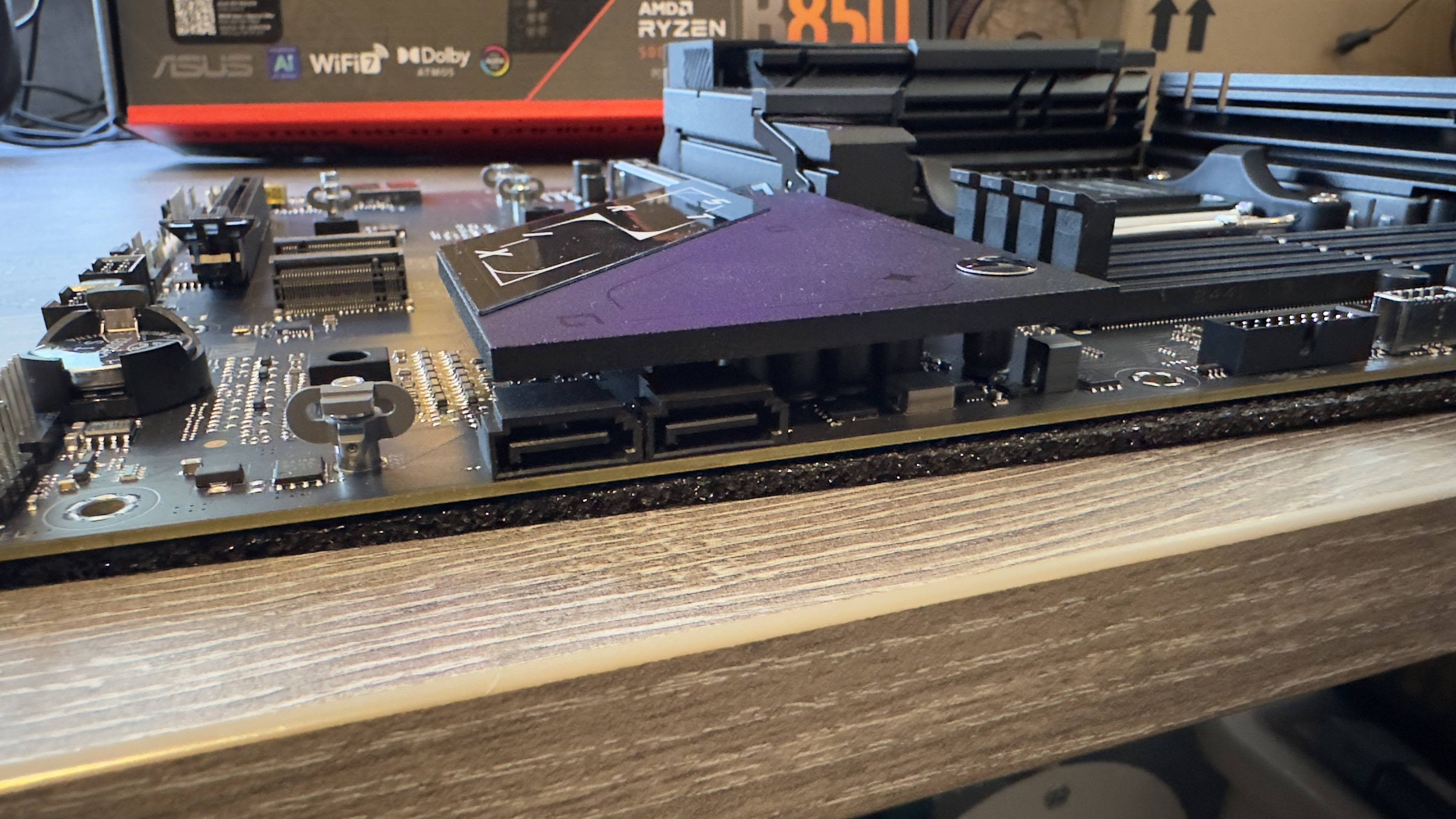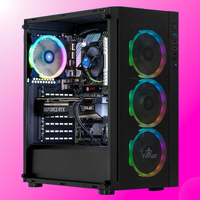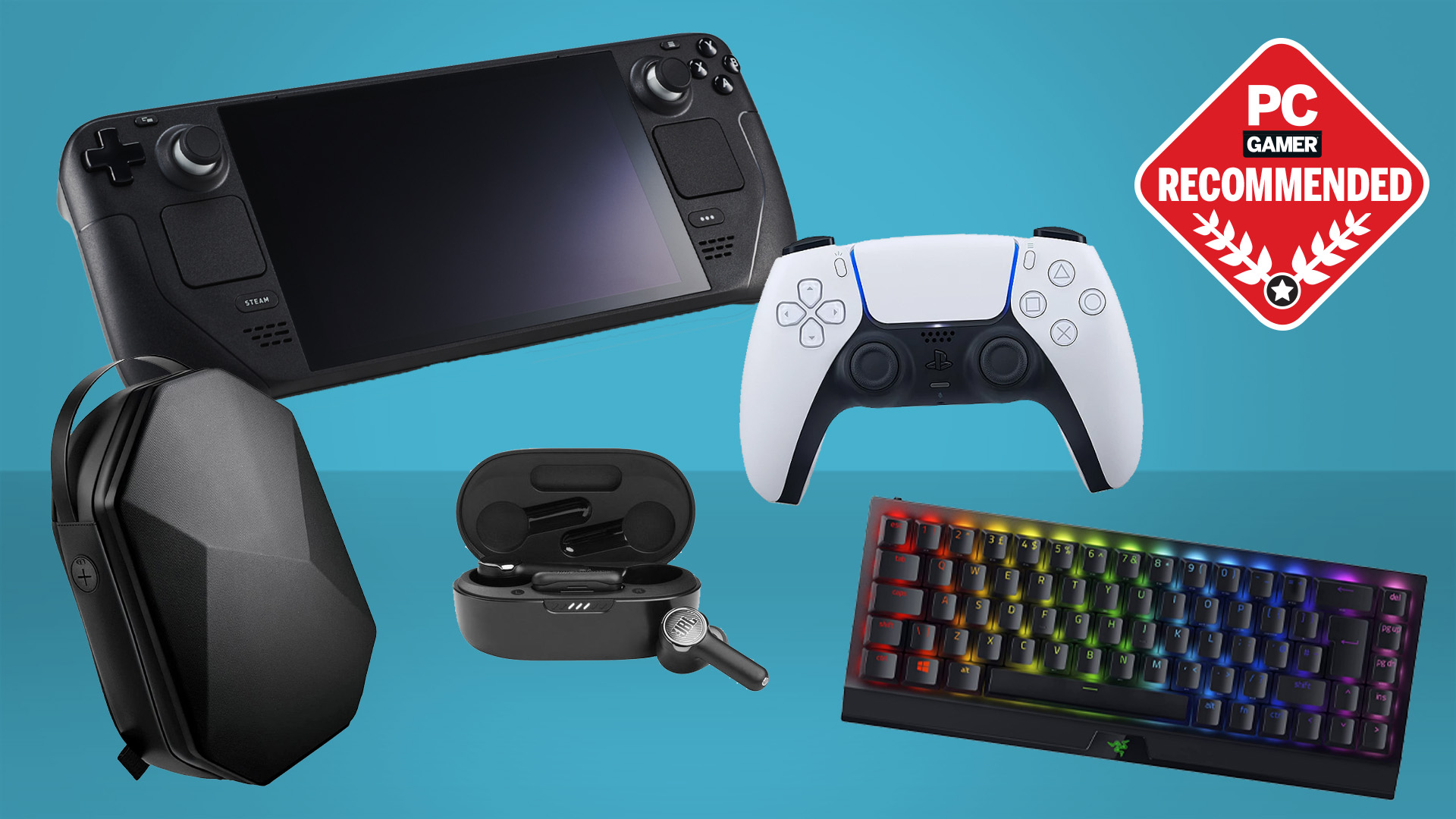There's a 25-year-old piece of PC hardware that's still being used in even the most powerful gaming PCs sold today. Happy birthday to USB 2.0
And it's not the only ancient bit of PC tech that's still inside your gaming rig. Well, sort of.

Ah, birthdays. Love them or hate them, there's no escaping the unwavering gaze of Father Time. Except in the world of computing, where most tech only sees a handful of birthdays before heading out to pasture. There are one or two exceptions to this, though, and this year sees the 25th birthday of USB 2.0—the universal and ubiquitous connection system that we just can't seem to give up, even today.
The Universal Serial Bus (USB) is older still, as its very first iteration started to appear on computers around 1996. Uptake of the new port was pretty slow, though, and it wasn't until 1998, when Microsoft released Windows 98 and Apple launched its iMac, that we started to see proper software and hardware support for it.
Since I've already said that it's the 25th birthday of USB 2.0 (thanks to Heise for the handy reminder), it's pretty obvious when it first launched. What made it better than the first version was the inclusion of a faster, 480 Mbps data transfer mode. It's arguably the start of the whole naming mess that USB is well known for, as the organisation responsible for it all (USB Implementers Forum, USB-IF) decided that this superfast mode should be called High Speed.
Why is that a messy name? It's because the much slower 12 Mbps mode in USB 1.0/1.1 is called Full Speed. Umm, isn't 'full' faster than 'high' when talking about speed? Well, it would eventually transpire that the USB-IF is an advocate for not learning any lessons at all from mistakes, and we'd eventually be treated to the nomenclature farce that of USB version 3.0 (and that's a whole 'nother story).
The USB 2.0 specification would be tweaked a little more over the years, adding more types of connector designs and battery charging stuff. In terms of raw capabilities, it's been surpassed by USB 3.0 and USB4 (yes, USB4, not USB 4.0), but grab any new motherboard off a retailer's shelf and you'll often still see a couple of USB 2.0 ports staring back at you. And it's nearly always present in the form of a header, to be connected to the front IO sockets on a PC case.

As to why they're still in use, it's because they're very easy to implement within a motherboard design. That peak transfer rate of 480 Mbps is very low compared to what you can get out of a USB 3.0 or USB4 port—not that Apple cared when slapping it on the iPhone's USB connection—so the little sockets aren't going to demand much of the USB controller that's handling them; that particular circuit is usually found in the motherboard's primary chipset.
Perhaps the one thing the humble USB port has been most infamous for over the years is the fact that the Type-A connector (the standard rectangular one) isn't especially 'universal'—unlike Type-C, which will work in any orientation, Type-A plugs only operate when stuffed into the slot just so.
The biggest gaming news, reviews and hardware deals
Keep up to date with the most important stories and the best deals, as picked by the PC Gamer team.
Even now, after using the darn things for 25 years, I still do the try-it-three-times dance with my USB memory sticks. Try to stuff it—oh no, it won't fit! Flip it over and try again. Oh no, it won't go in! Flip back to the starting point and bingo, in it goes. Every. Single. Time.
By the tech standards of today, USB 2.0 seems very dated—it's not especially fast and it doesn't offer much in the way of power, but it's not the only old bit of kit in your gaming PC. The SATA bus interface is also 25 years old, and the first iteration of PCI Express is hot on its heels, just three years younger.

Of course, the latter is almost never used in its 1.0 configuration, and most PCIe 4.0 and 5.0 systems will only drop to version 3.0 or older when switching to a power-saving mode. It's a similar story with SATA, as your motherboard will almost certainly be using the 3.4 or 3.5 specification, and those young pups are just seven and five years old, respectively.
When it comes to genuinely old tech in your PC, USB 2.0 pretty much rules the roost. Part of me wants to celebrate this fact, because I like old stuff, but to be honest, I'd much rather see it gone and have USB 3.0 as the actual minimum port standard now. USB 2.0 won't be around in another 25 years, but I reckon it'll see out this decade. See you again in five years for the 30th anniversary, then.
Best gaming PC: The top pre-built machines.
Best gaming laptop: Great devices for mobile gaming.

Nick, gaming, and computers all first met in 1981, with the love affair starting on a Sinclair ZX81 in kit form and a book on ZX Basic. He ended up becoming a physics and IT teacher, but by the late 1990s decided it was time to cut his teeth writing for a long defunct UK tech site. He went on to do the same at Madonion, helping to write the help files for 3DMark and PCMark. After a short stint working at Beyond3D.com, Nick joined Futuremark (MadOnion rebranded) full-time, as editor-in-chief for its gaming and hardware section, YouGamers. After the site shutdown, he became an engineering and computing lecturer for many years, but missed the writing bug. Cue four years at TechSpot.com and over 100 long articles on anything and everything. He freely admits to being far too obsessed with GPUs and open world grindy RPGs, but who isn't these days?
You must confirm your public display name before commenting
Please logout and then login again, you will then be prompted to enter your display name.


